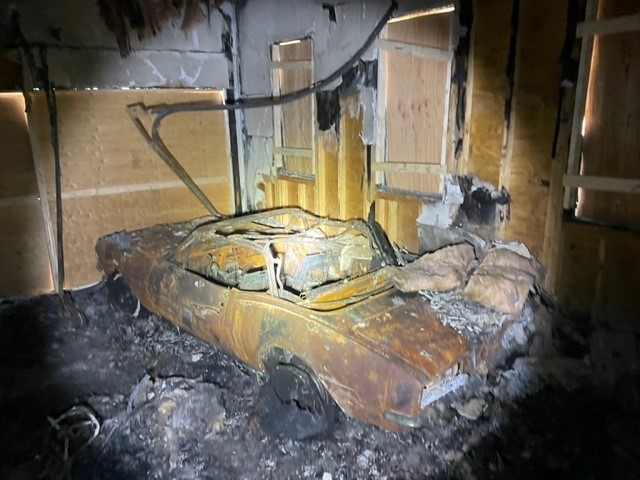When your personal property is damaged or destroyed in a fire or other event, you must undertake an extensive process to ready your claim for submission to the insurance company. Preparing a personal property claim the right way requires you (or, ideally, your public adjuster) to put together a detailed and thorough claim – which means exhaustive documentation of damaged items. If possible, you should produce original purchase receipts, and provide proof of today’s comparable replacement costs.
When you finally submit your well-documented claim for damaged personal property, the insurance company reviews your claim and responds with an offer. This offer likely differs from the estimates you submitted for each item. Now what?
You have entered the negotiation phase of the process – and you’re bound to face even more challenges if you’re unprepared. So, let’s look at what you should know.
Using 3rd party vendors
Watch out for the “spot check” – when the insurance company sends representatives to examine the inventory and go over damaged personal property. They take photos and document items, then send this information to a “pricing bank” – a 3rd party industry group that prices these items. Pricing banks are located remotely and usually don’t visit the site of the loss.
In addition, they compartmentalize the job. One person might price the first 200 items (or the first room), and another works the next 200 items (or the next room). This leads to great inconsistency, because each of the multiple people working on the claim typically offers different opinions or sources to price the items. In a recent claim, a family had Pottery Barn monogrammed bean bag chairs in each of the children’s rooms. The insurance company offered a different price for each bean bag chair based on different brands. The exact same bean bag – from the same manufacturer, and purchased in bulk at the same time – but three different prices? Watch out.
Pulling a cheap one
The insurance company will base its offer on data from its research team – and it can be flawed. The pricing might come from eBay or Amazon, both of which can be inaccurate. Truly comparable replacements are found at local stores and brand name websites. Suppose your Ugg boots are damaged. SMW will either price the boots using the Ugg website or a store where you actually shop – maybe Nordstrom’s or Macy’s. The insurance company, on the other hand, might use Ugg boots as priced by a re-sale or a discount department store – even sometimes a knock-off brand.
Substituting a sale price
When it comes to damaged clothing, you’re entitled to the full replacement cost on a retail basis. Occasionally, however, the insurance company might substitute sale items as replacements for your damaged items. This isn’t fair and isn’t defensible. But you must know what you’re truly entitled to – beware!
Flimsy supporting documentation
As PAs, when we present our claim to the insurance company, we provide item-by-item documentation based on our detailed research. What do we get from the insurance company? Maybe a link to a random website – which sometimes takes us to a different item or to a store in another part of the country. Sometimes the item is no longer available, or the link itself is no longer available. This is an example of the insurance company failing to support its estimates with related documentation. It’s not a one-size-fits-all situation, because there’s an intrinsic value to where you shop. You might benefit from the service or warranties at a particular store. SMW PAs are adept at knowing how to capture that and tell the story to the insurance company.
Virtual adjustment
Imagine getting an estimate from an insurance company adjuster who is behind a desk somewhere – maybe thousands of miles away. This adjuster hasn’t been on site, doesn’t have first-hand knowledge of the claim, and is relying on communication with the restoration company to develop its numbers. Along with 3rd party pricing, it’s a recipe for disaster.
The PA way
We start by doing a detailed inventory of all the damaged items in your home, making sure to provide as much information as possible for every line in our claim. We also develop a relationship with our clients, and we have the advantage of being able to sit down with them to go over every detail.
If you have a major loss and need to submit a claim for personal property, be sure to document your damages. And remember – just because you’ve received an offer, doesn’t mean you’re done.




